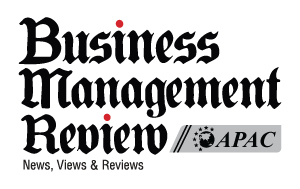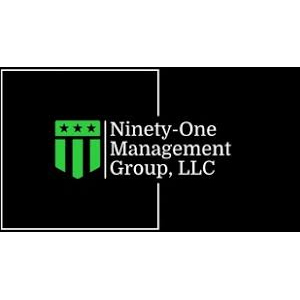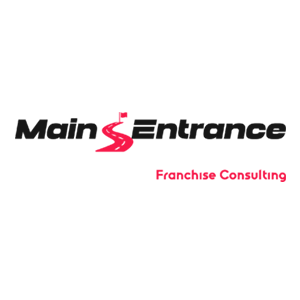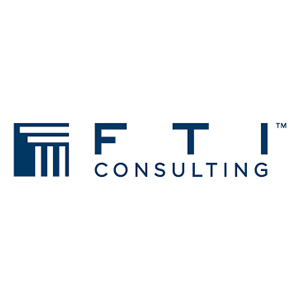\\\\\\\\\\ Top Business Consulting Firms \\\\\\\\\
-
NortheastCIOs
NortheastCIOs provides mid-market organizations with fractional CIO leadership that connects technology strategy to business growth. The company offers flexible, executive-level IT guidance to optimize budgets, strengthen systems, and align teams. With a partnership-driven approach, NortheastCIOs helps businesses turn everyday technology operations into long-term strategic momentum.
-
Strategic Business Advisory & Tax (SBAT)
Strategic Business Advisory & Tax takes a holistic approach to making businesses more profitable by offering business advisory, tax planning and accounting services. It drives their growth by improving operational processes, streamlining in-house procedures and uplifting organizational culture. Its goal is to grow businesses while promoting work-life balance for owners.
-
The Maker Group
The Maker Group is a global commercial capability-building firm that helps organizations elevate strategy, empower teams, and execute with confidence. Specializing in planning, sales, buying, and negotiation, they transform incremental growth into exponential outcomes, driving profitability, capture savings, and build lasting commercial excellence.
-
Ninety-One Management Group
Ninety-One Management Group, a service-disability veteran-owned small business, delivering facilities and project management solutions to government clients. It combines military discipline, integrity, and strategic methods to enhance operations, boost efficiency, and create opportunities for veterans and underserved professionals.
-
Carpedia
Carpedia is a global implementation consulting firm known for delivering measurable performance improvements and profitability gains. Since its founding in 1994, Carpedia has built a strong track record across nine industries by helping clients implement sustainable, high-impact operational changes.
-
Butler Consultants
Butler Consultants creates fully custom business plans backed by over 17 years of experience and over 12,000 successful projects. Each plan includes expert writing, research, and financial modelling with no AI or templates. Trusted by entrepreneurs worldwide, Butler Consultants helps turn ideas into funded, actionable ventures with precision and professionalism.
-
Main Entrance Franchise Consulting
Main Entrance Franchise Consulting specializes in helping clients find and grow successful franchises. With a personalized, customer-centric approach, Main Entrance supports clients through every step of the process, offering expertise in franchise selection and long-term business growth strategies across multiple industries.
-
Clarkston Consulting
Clarkston Consulting provides comprehensive strategy, operations, implementation, and managed services with a data-driven, change-focused approach. With decades of industry experience and client dedication, Clarkston delivers tailored solutions that drive growth, innovation, and transformation for businesses and their people.
-
FTI Consulting
FTI Consulting is a global market-leading consulting firm with 40 years of experience helping clients navigate their greatest opportunities and challenges. With industry-leading experts and distinct capabilities, FTI provides comprehensive services across the business cycle, from risk management to crisis response.
-
Protiviti Inc
Protiviti is a global business consulting firm providing deep expertise, objective insights, and a customized approach. With a commitment to unparalleled collaboration, Protiviti helps organizations navigate challenges, drive innovation, and achieve sustainable success in an ever-evolving business landscape






















